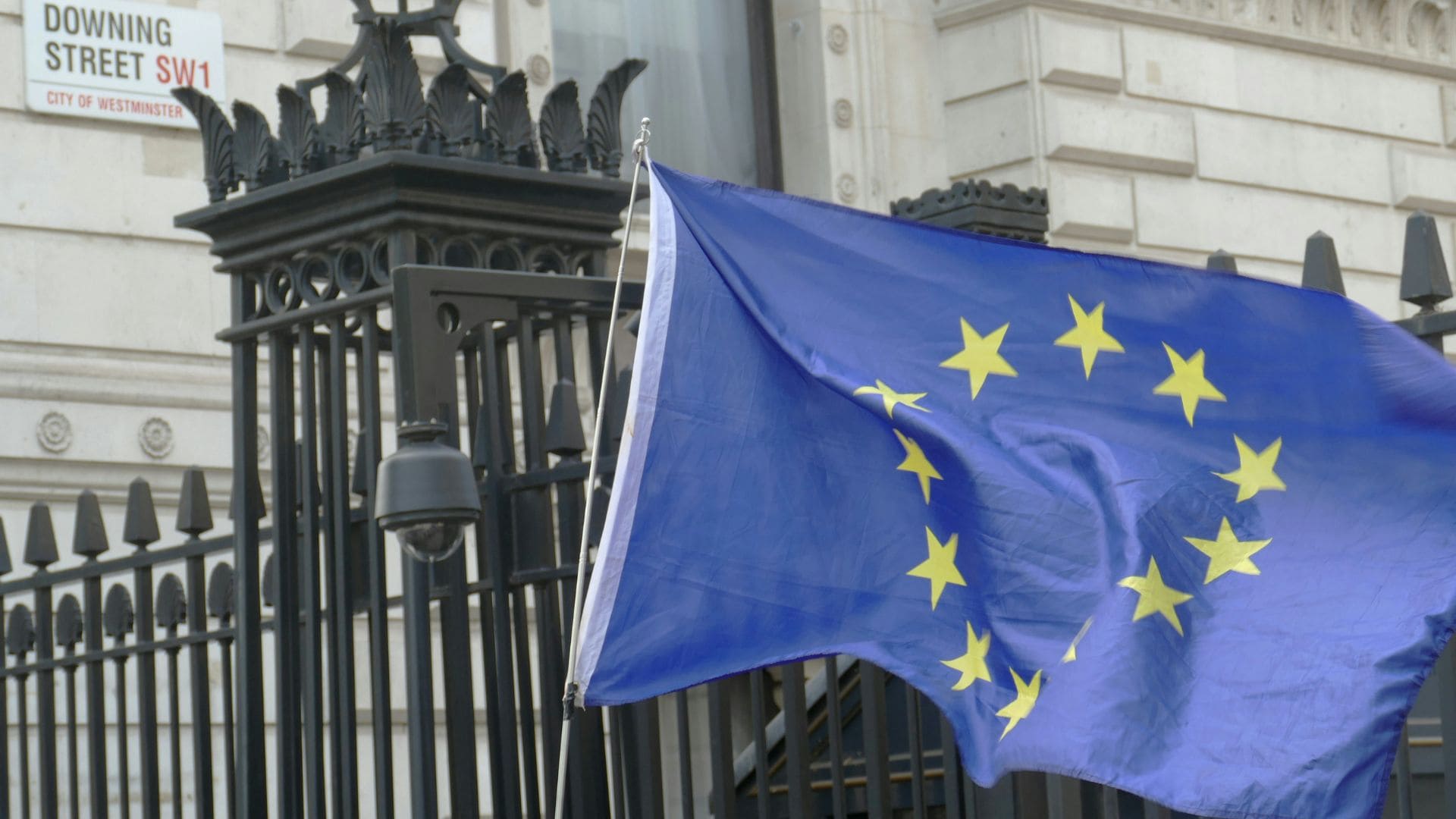Articles
UK IPO Update to AI Patenting Guidelines Highlights Difficulties in Protecting Core AI Inventions
February 2025
The release by a Chinese company, DeepSeek, of a new open-source reasoning model, has led to falls of hundreds of billions of dollars in US technology stocks including at one point a fall of $600bn in the value of Nvidia. The DeepSeek model is claimed to have performance on a par with the best offering from OpenAI at a dramatically lower price point and has disrupted the prevailing narrative that increases in model performance will be achieved through larger more complex models requiring ever greater amount of compute capability.
As a new entrant, DeepSeek has been able to benefit from earlier work able to quickly develop similar approaches to successful models that have been developed while avoiding researching dead-end areas that have been found less successful by the pioneering efforts of companies such as OpenAI. It has also been suggested that DeepSeek were only able to develop their R1 model by using OpenAI’s intellectual property in a process known as ‘distillation’ in which an AI model is trained based on responses obtained from a ‘teacher’ model.
In view of this, how can companies best protect their AI models and intellectual property, and the massive investments that they represent?
Keeping a model secret to avoid attempts at ‘distillation’ is incompatible with selling access to the model as a service. Improvements to core AI models and processes may be difficult to patent in many jurisdictions, considered to fall under the excluded categories of mathematical methods or computer programs ‘as such’. So what to do, and can these exclusions be avoided?
UK IPO AI Guidelines
The UK Intellectual Property Office has recently updated their guidelines for examining patent applications relating to artificial intelligence (AI) to reflect the decision of the Court of Appeal in Emotional Perception v Comptroller, reversing an earlier update following the appealed High Court decision. The UK guidelines highlight the similarities in outcome between the UK and EPO approaches to AI inventions despite the differences in approach to examination. The updates to the guidelines also highlight the difficulties in protecting Core AI innovations where the advance lies within the models, algorithms, or mathematical methods constituting the core AI invention.
The updates incorporate the broad definitions of ‘computer’ and ‘computer program’ adopted by LJ Birss in the Emotional Perception decision, along with the implication that the exclusion to a ‘program for a computer’ is not limited to programs for digital computers, but encompasses programs for all kinds of computers including analogue computers, artificial neural networks and quantum computers, resulting in weights and biases of a trained neural network being considered a computer program as such under UK law.
LJ Birss’s observation that “ANN inventions are in no better and no worse position than other computer implemented inventions” is also repeated, providing clear direction that applications relating to AI will be examined in line with the principles and case law established for any software based invention. Therefore, in the UK patents are available AI inventions in all fields of technology as long as the AI invention makes a technical contribution. Such a technical contribution may be provided if:
- it embodies or performs a technical process which exists outside a computer, or
- it contributes to solving a technical problem lying outside a computer or lying within the computer itself, or
- it is a new way of operating a computer in a technical sense.
For many AI inventions, such as those relating to image processing or control of an external system, it may be easy to show such a technical effect. In the case of Core AI inventions it may be difficult to link an advance in models or algorithms to a technical process or problem lying outside a computer. However, algorithms that are tightly coupled to the underlying hardware may be able to show a technical effect as a new way of operating a computer in a technical sense.
Interestingly in the case of DeepSeek the increased speed/reduction in compute requirements of the new model has been achieved through the use of low-level programming to precisely control how the model is scheduled and executed on the underlying hardware, avoiding higher level computer languages such as CUDA that have traditionally been used but that do not allow for this low level control. Depending on the details, it may be that some improvements to Core AI models developed by DeepSeek may be associated with a technical effect as a new way of operating a computer and therefore patentable.
It seems likely that future AI models and algorithms will follow DeepSeek’s example and aim to further improve efficiency, with tighter integration with hardware and hardware processors increasingly being designed for accelerating particular AI functions and models. Identifying patentable innovations will require expert advice but would allow companies to better capture the value of the huge sums currently being invested in new AI advances.
Late last year the UK Supreme Court granted Emotional Perception AI permission to appeal the Court of Appeal decision. The hearing will to take place later this year, and the decision is likely to further clarify how AI inventions are to be treated under UK law and further guideline updates should be expected in response.
This article was written by Patent Director David Hufton
































